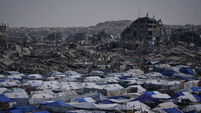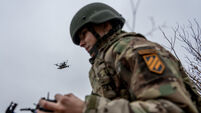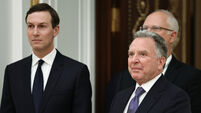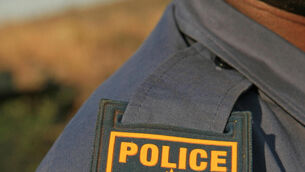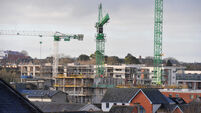September 11 'catapulted bin Laden to evil mastermind'
Within hours of hijacked jet liners slamming into the twin towers and the Pentagon, Osama bin Laden was the world’s most wanted man.
The Saudi-born terror chief was already wanted in connection with the US embassy bombings in Kenya and Tanzania and the attack on the USS Cole in Yemen.







